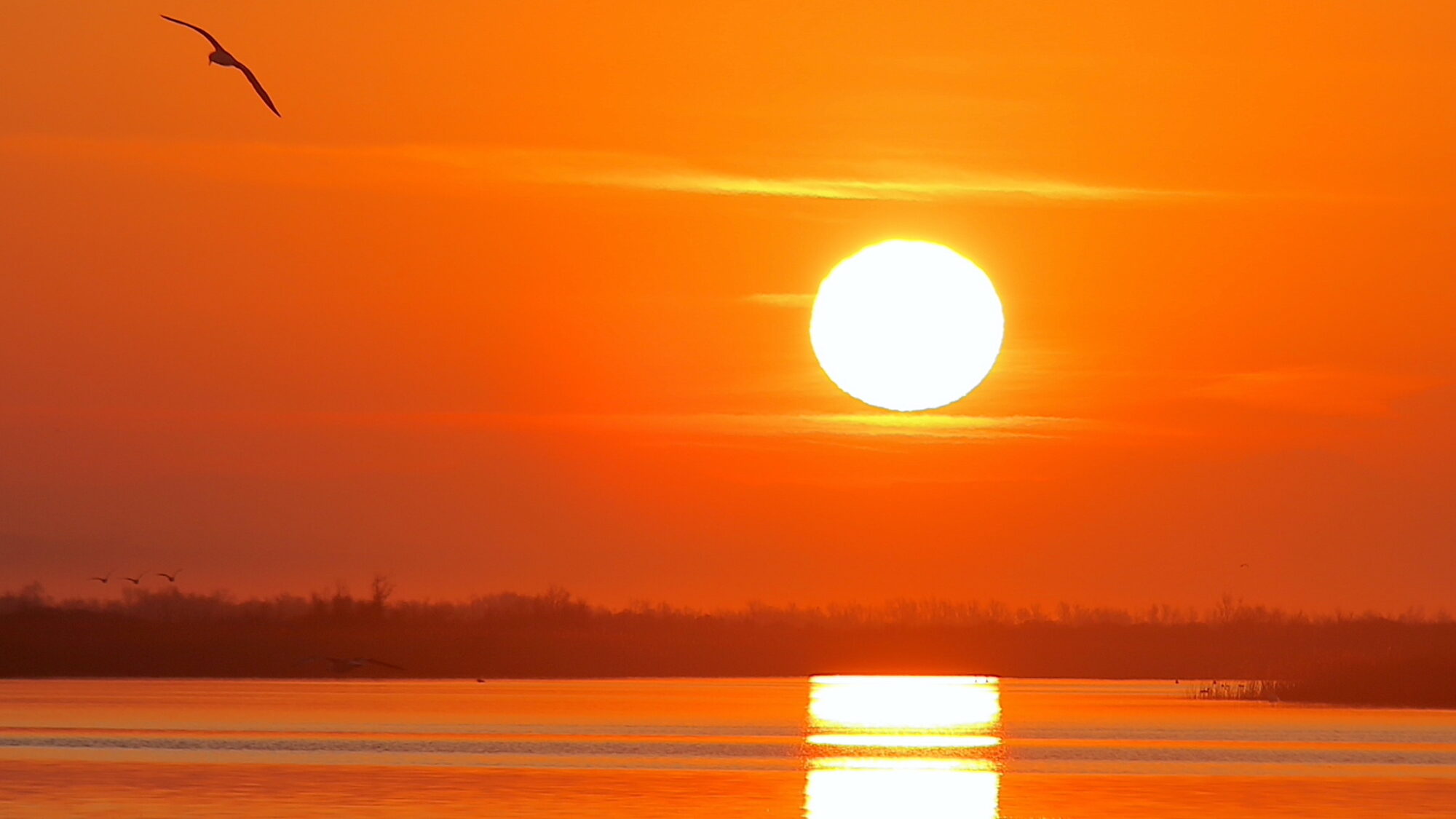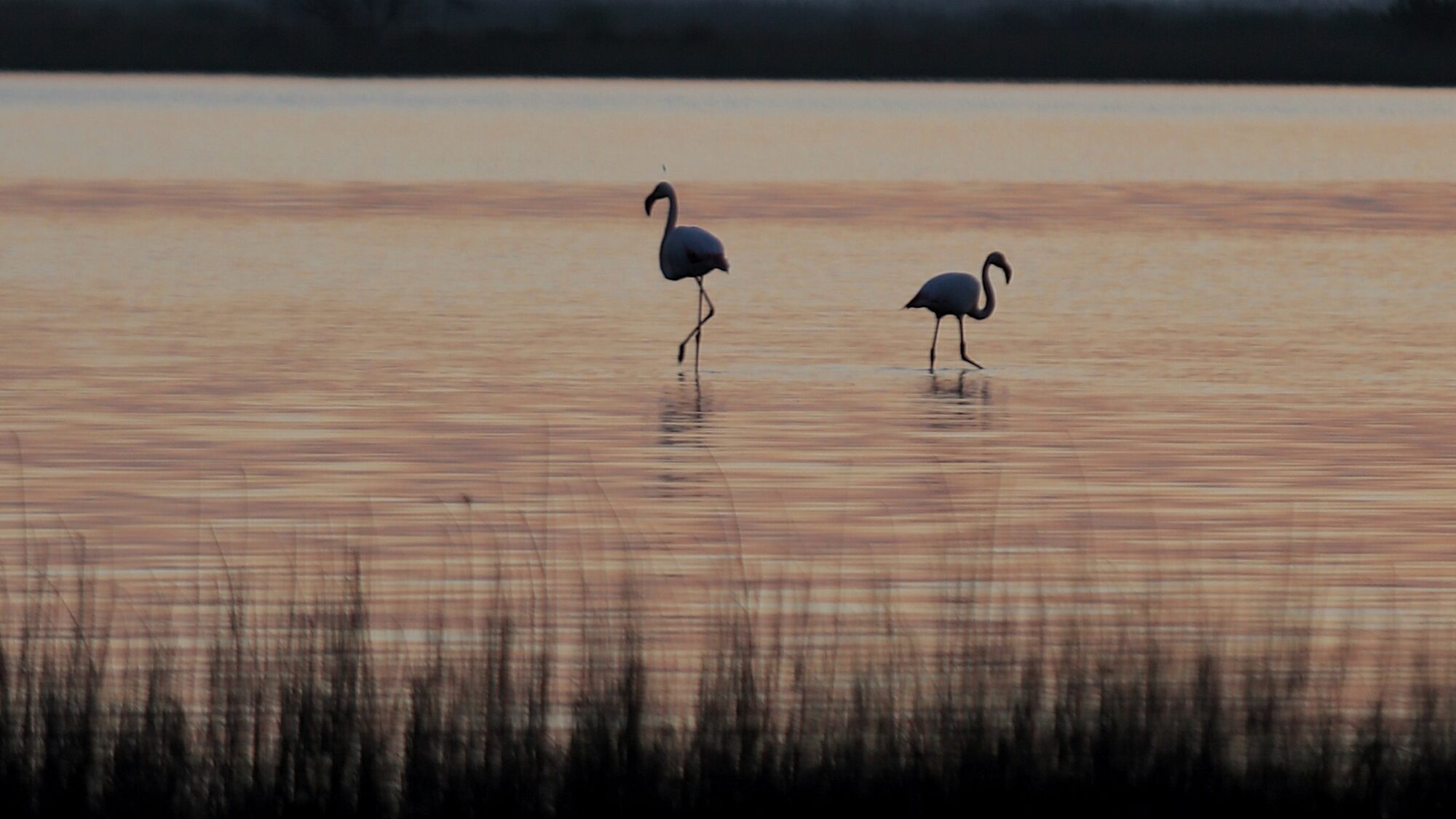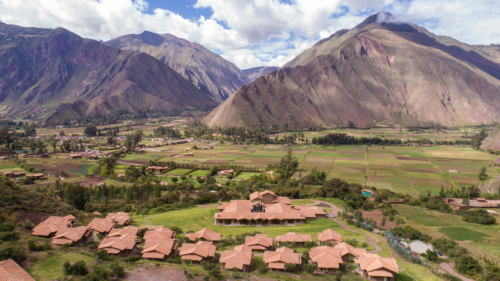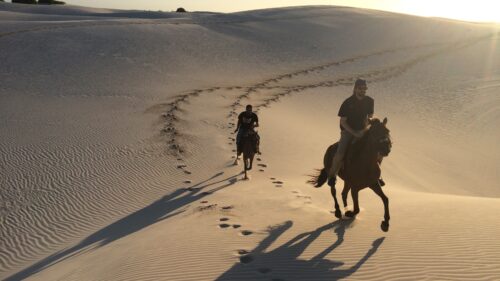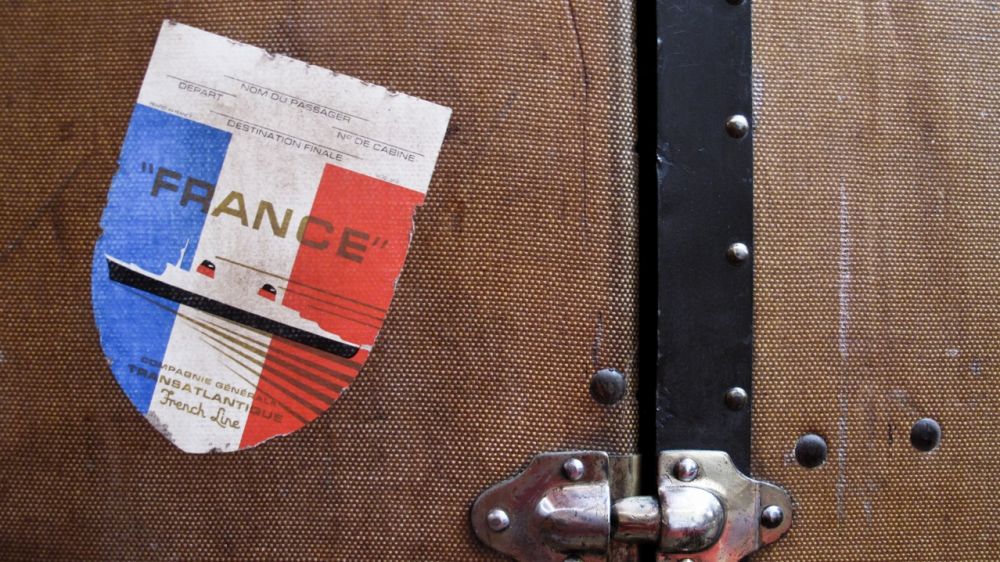Camargue from above
Nature is fragile, let’s preserve it. This sentence is the introduction to my video as well as my conclusion after having spent most weekends in the past 5 month in Camargue. Patiently, I explored most areas the park: its lakes, channels, tracks, beaches and salt flats, in search of the best locations. And when the weather was good enough to safely get the drone out, I captured images. The process was repetitive, sometimes frustrating, but ultimately rewarding as it afforded me the chance to explore in full this amazing park, discover new areas, and film wonderful locations.
Thanks to the creation of the National Reserve of Camargue in 1970, the area is restricted for motorised vehicles and is only accessible on foot or on bike for visitors. This makes it a true paradise for wild animals (hundreds of species of birds including flamingoes, bulls, horses) living happily together in this unspoiled yet somehow aggressive environment.
Aggressive? Well, the conditions can be extreme here and the area seems, at first, deserted. In fact, there are people who live and work in Camargue, mostly in agriculture (fishing, rice cultivation, reed, bulls and the excellent ‘vin des sables’ wine produced near the town of Saint Gilles), industry (salt flat) and in small scale tourism.
People here live in synergy with the natural elements even if the conditions seem unbearable: the wind. The Camargue is completely flat with no natural protection from the strong mistral wind which dries you out within minutes. The intense summer heat makes it hard to hike or bike, and the presence of mosquitoes as soon as the wind drops can definitely make you hate the area.
But well prepared and on a good day, Camargue is possibly one of the most surprising, rewarding and amazing areas I have ever visited. I tried to capture some of that natural (as well as manmade) beauty in this 4 minute film. In order to protect their tranquility and avoid any unnecessary stress, the film has no footage of animals.
Enjoy!
